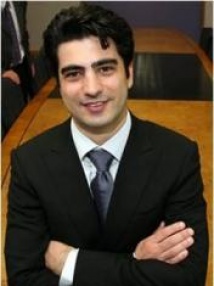BibTex format
@article{Simpson:2019:10.1016/j.apenergy.2019.113462,
author = {Simpson, M and Chatzopoulou, M and Oyewunmi, O and Le, Brun N and Sapin, P and Markides, C},
doi = {10.1016/j.apenergy.2019.113462},
journal = {Applied Energy},
pages = {1--13},
title = {Technoeconomic analysis of internal combustion engine - organic Rankine cycle systems for combined heat and power in energy-intensive buildings},
url = {http://dx.doi.org/10.1016/j.apenergy.2019.113462},
volume = {253},
year = {2019}
}

